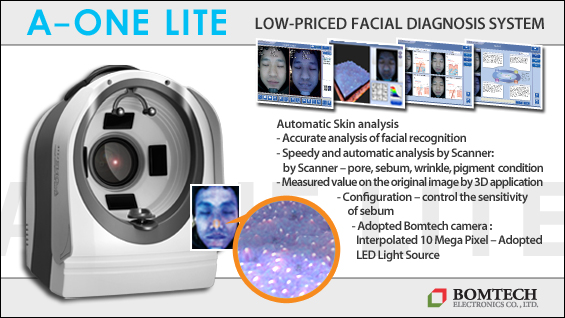
Topical vitamin C
As mentioned already, ingesting vitamin C does not affect the vitamin C level of the skin. Therefore, vitamin C is also widely used topically. Ascorbic acid can be manufactured in a water-lipid soluble form. Topical ascorbyl pamitate is a lipid form that provides photoprotection and anti-inflammatory action without irritation. Vitamin C contained in many cosmetic products cannot permeate the stratum corneum and fails to bring any benefit. The goal of these topical products is to deliver as much vitamin C as possible to the target layers of the skin.
Another problem is that topical ascorbic acid has low stability and should not come in contact with air. It becomes deactivated through oxidation and many products offer individual packaging. Vitamin C is available in the cream, serum, and patch forms in the cosmetic market. Among these formulations, only the serum contains active vitamin C and most are oxidized into DHAA and turns yellow due to their photo-instability. At pH levels of 3.5 or lower, the activity of vitamin C is maintained. At these pH levels, vitamin C is stripped of its ionic charge and can permeate easily through the stratum corneum. Therefore, a topical product with active vitamin C will inevitably cause some irritation. Long-term use of topical vitamin C can cause necrosis.
Most of the cream formulations of vitamin C currently available fail to deliver it to the dermis. Vitamin C contained in some products do not become activated in the physiological state. VC-PMG (magnesium-l-ascorbyl-2-phosphate) is the stabilized form of ascorbic acid and can be delivered to the deeper skin layers due to its oil-solubility.
Topical use of vitamin C
Melasma
Vitamin C has melanocyte toxicity and interferes with an important part of melanogenesis. It inhibits tyrosinase by interacting with copper ions at the Tyrosinase-active site and inhibits melanogenesis as well as act on perifollicular pigments. In the mid 1990s, the stable form of ascorbic acid was shown to be have whitening effect in melasma and lentigo but not in normal skin.
Post-laser erythema
Vitamin C significantly reduced the duration and degree of erythema in 2 weeks after CO₂ laser resurfacing.
Striae distensae
Striae distensae markedly improved after three months of daily topical vitamin C combined with 20% GA.
[Advertisement] A-One LITE(Facial Diagnosys System) – Manufacturer: BOMTECH(www.bomtech.net)
Side effects
Oral and topical formulations of vitamin C seem safe but topical vitamin C can cause a burning sensation in some cases. High cost and skepticism about efficacy, possible reduction of elastin synthesis, and unclear clinical evidence, etc. are some of the drawbacks of vitamin C therapy. Ascorbic acid contained in skin care products can provide benefits such as inhibition of free radicals in cases of UV exposure and smoking. Oral intake of vitamin C can improve the health of the arteries, liver, and other organs but controversy remains over its benefits in the skin. The interest in vitamin C as a major health supplement continues as more health and cosmetic products with vitamin C are being released.
-To be continued




















